The White Thunder Riders Snowmobile Club was founded 52 years ago in the town of Oma, a small community of 355 residents, in the heart of Iron County, Wis.
At first, only residents of Oma were allowed to become members of the White Thunder Riders. However, as interest in the club grew throughout the area, the rules were changed and membership was expanded to non-residents.
Today the doors to the club are wide open to anyone who loves riding the trails, and people can join as an active member (committing to 25 volunteer hours annually) or a non-active member. Memberships are $30 per year for individual/family and $75 per year for commercial. Regardless of membership type, all White Thunder Riders’ members also become members of the Association of Wisconsin Snowmobile Clubs (AWSC) and receive a significant discount on the Wisconsin Trail Pass.
In 2015, the Wisconsin Department of Natural Resources started to require a trail pass, which is a $30 fee per year, per sled.
“But when you’re a member of an AWSC snowmobile club, you can purchase your trail pass at the discounted price of $10 per sled,” said Kayla Hemming, White Thunder Riders’ secretary and membership chair. “This has helped our club grow immensely. Last season, we had 240 individual/family members (about 50 who are active members), and a lot of those are out-of-towners who – yes – want the discounted trail pass, but also come up here because they love our trails and want to support us.”
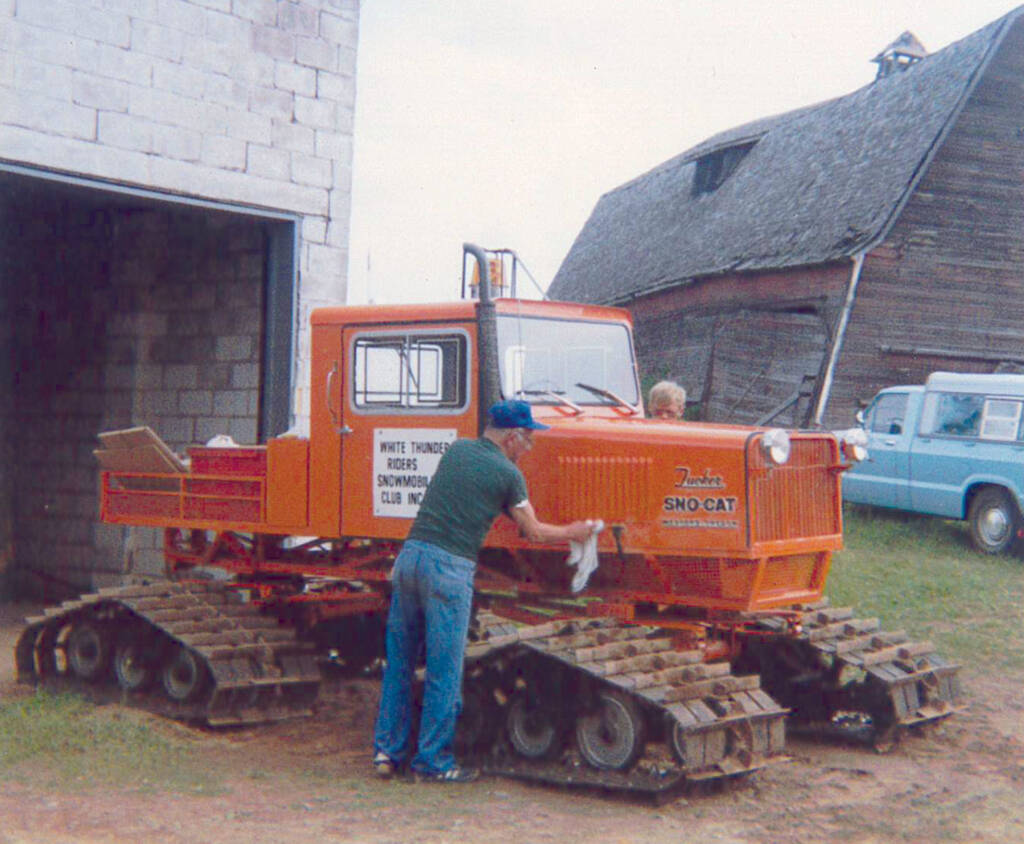
White Thunder Riders’ members can also take in social events, such as club potlucks, banquets and holiday gatherings, as well as the annual Presidents’ Day Weekend fundraising auction. Open to the public, this is the club’s largest fundraising event of the year, and the funds raised go to help maintain Iron County’s scenic trail system.
When White Thunder Riders was first formed in 1970, the few trails it managed were just starting to be developed and, as such, were in relatively rough shape. However, in the decades since, the club (along with the County Forestry Department) has built up the trail system to create a more encompassing network. The club now grooms approximately 130 miles of funded trails across the entire northern half of Iron County. Ninety-seven of those miles also serve as winter all-terrain vehicle/utility task vehicle trails.
The club’s core group of groomer drivers has varied over the years, but currently stands at about 25 members. White Thunder Riders is also supported by a stable team of non-grooming members who conduct the fundraising, membership, equipment maintenance and public relations activities.
“White Thunder Riders has seen a lot of change over the last 52 years, but we continue to get new members, hold onto our long-time members and keep our family ties strong,” said club president, Robert ‘Stuey’ Stuhr. “Our sign master is Ron Saari, who is one of the original members, and we even have some fourth-generation members who contribute to the club, just like their parents, grandparents and great-grandparents have done for years.”
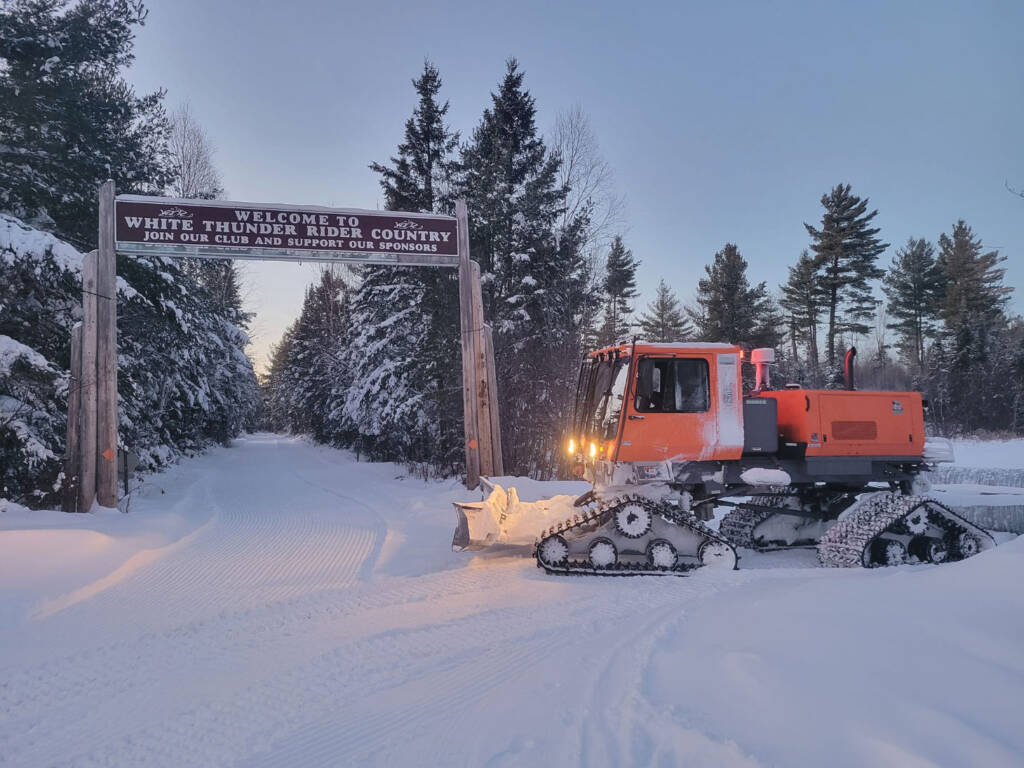
The success of White Thunder Riders is due in part to their ability to upgrade equipment on a regular basis. The club’s original grooming units included two Ski-Doo Alpines pulling four-foot, homemade drags; it was a bitterly cold chore and breakdowns on the trails were common. After a few years, an old military surplus vehicle called a Weasel was purchased, and then replaced in the late-’70s with a used Tucker Sno-Cat. In 1982, the club purchased its first brand new Tucker Sno-Cat, and that was eventually upgraded to another new diesel Tucker Sno-Cat in 1989. In 1993, the club built a 2,400-square-foot groomer garage and purchased a John Deere 4WD Tractor, increasing its groomer fleet to three units. Due to the success of the tractor, which burned half the fuel and required minimal maintenance, the club added a John Deere 6400 Tractor two years later.
The club continues to believe in this strategy of rotating its equipment to minimize maintenance and reduce breakdowns. As part of this, the Tucker Sno-Cats are run for two years and then traded for new machines. The John Deeres have now been replaced by newer New Holland tractors, one of which is tracked like the Sno-Cats.
Iron County is usually one of the first places to receive snow in Wisconsin, and the Hurley area, which Oma is a part of, is considered by some to be the state’s snow capital; and is almost guaranteed to have heavy snowfalls throughout the winter months.
“Whether you are looking for trails that are flat and straight, or trails that wind through the woods, Iron County has what you are looking for,” said Hemming. “We have a lot of people who come up from southern Wisconsin, Illinois, and Iowa to enjoy the winter snowmobile trails and take in the lookouts, and much of the local business relies on having a good amount of snow and high-quality snowmobile trails.”
White Thunder Riders typically starts grooming at the end of November and runs until the snow melts, or by the start of April when the trails close. On particularly busy weekends, all four of the club’s groomers will be out on the trails 24/7, while during the week they try to run late at night or in the early morning to return the trails to a smooth base for the weekend riders. This schedule, as well as the constant rotation of new equipment, requires the club to ensure that all its groomer members are well-trained before heading out in the cold.
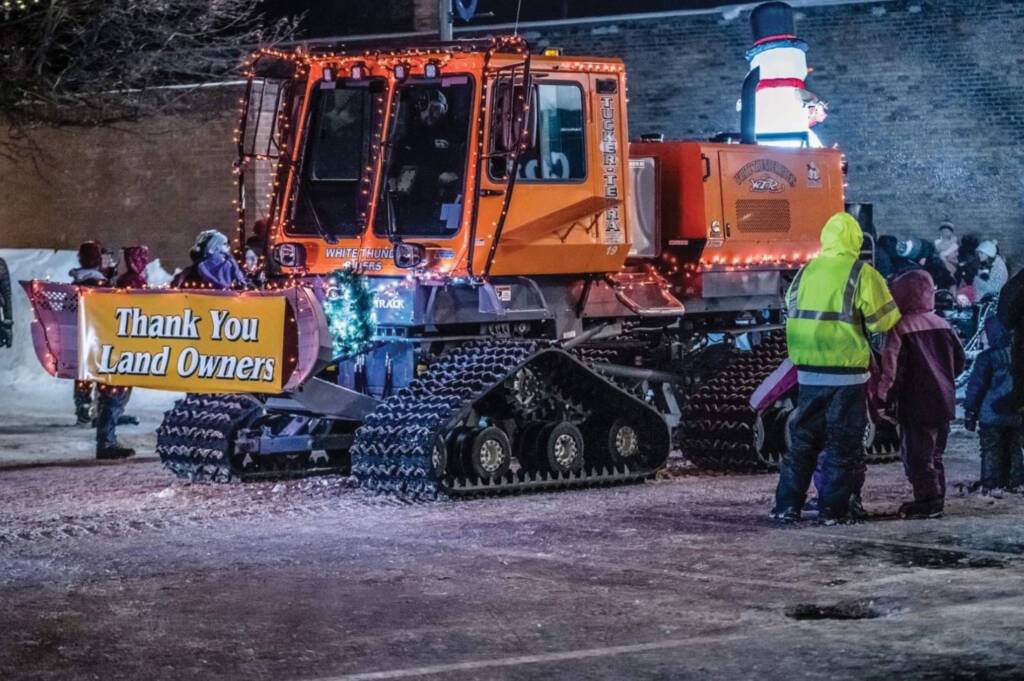
“All our new members will go through a training period of 20 to 25 hours of grooming time with an established club member, just so they can see how our grooming is done,” said Stuhr. “Every fall we will also hold a groomer operator refresher course so that we can update the crews on new developments on equipment or regulations, or any changes to the trails.”
To ensure the safety of its groomers, White Thunder Riders meets with local first responders and law enforcement at the start of each season to go over emergency protocols. In addition, the club’s grooming equipment also carries cell phones and first aid kits, and its radios all tie into Iron County’s emergency frequency. Each groomer operator is also required to take along their own personal cold weather gear in case of an accident or a breakdown while on the trails.
Every January, select members of White Thunder Riders also commit to teaching a snowmobile safety course for junior riders, ages 12 and older. Younger children can take the course, but they will not receive a certificate of completion until age 12.
Looking ahead, White Thunder Riders Snowmobile Club will continue to work hard at keeping the trail system open after land sales and trying to secure easements with any new landowners. It will also focus on attracting new members, seeing as the average age of its membership is slowly increasing, and the future success of the club lies with bringing the next generation of White Thunder Riders into the fold.
“We realize that we need to open our club up to more people and, to get our name out there, we’ve started to work on our public image by lending out our equipment and having members volunteer to help out at different events in the area,” said Stuhr. “We want everyone to see that our snowmobile club is like a lot of other clubs out there, and that we’re run by people who have a true passion for the sport of snowmobiling. I can honestly say that the White Thunder Riders really has a family feel and – in many cases – they are family.”
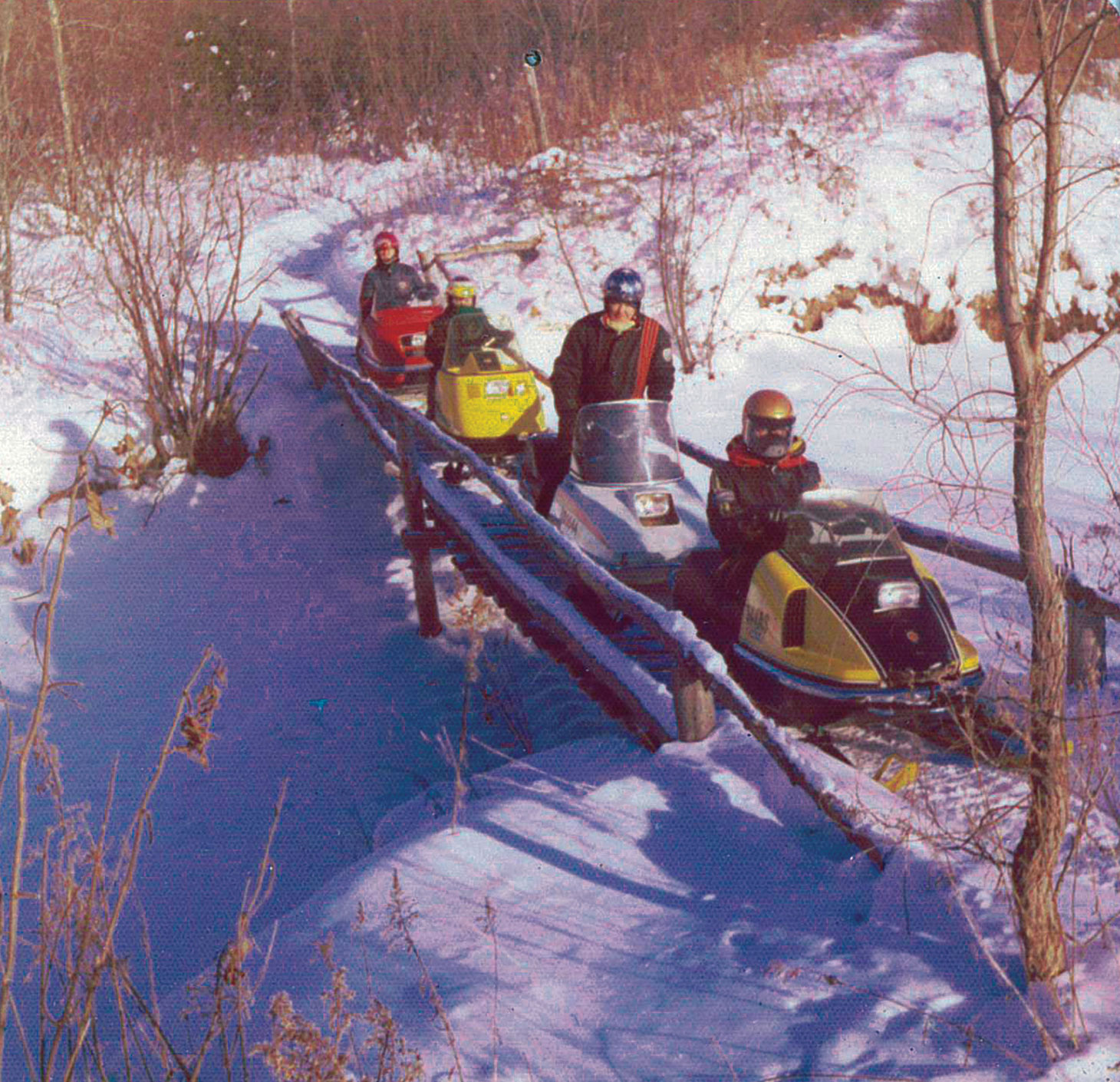
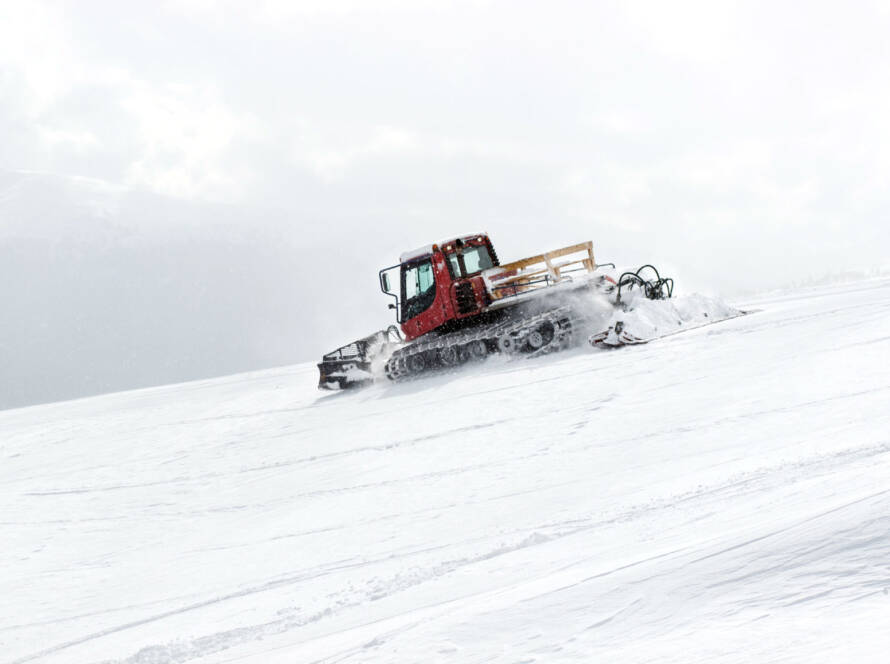
![[image placeholder]](https://www.snowopsmag.com/wp-content/uploads/2025/05/placeholder@1x.png)